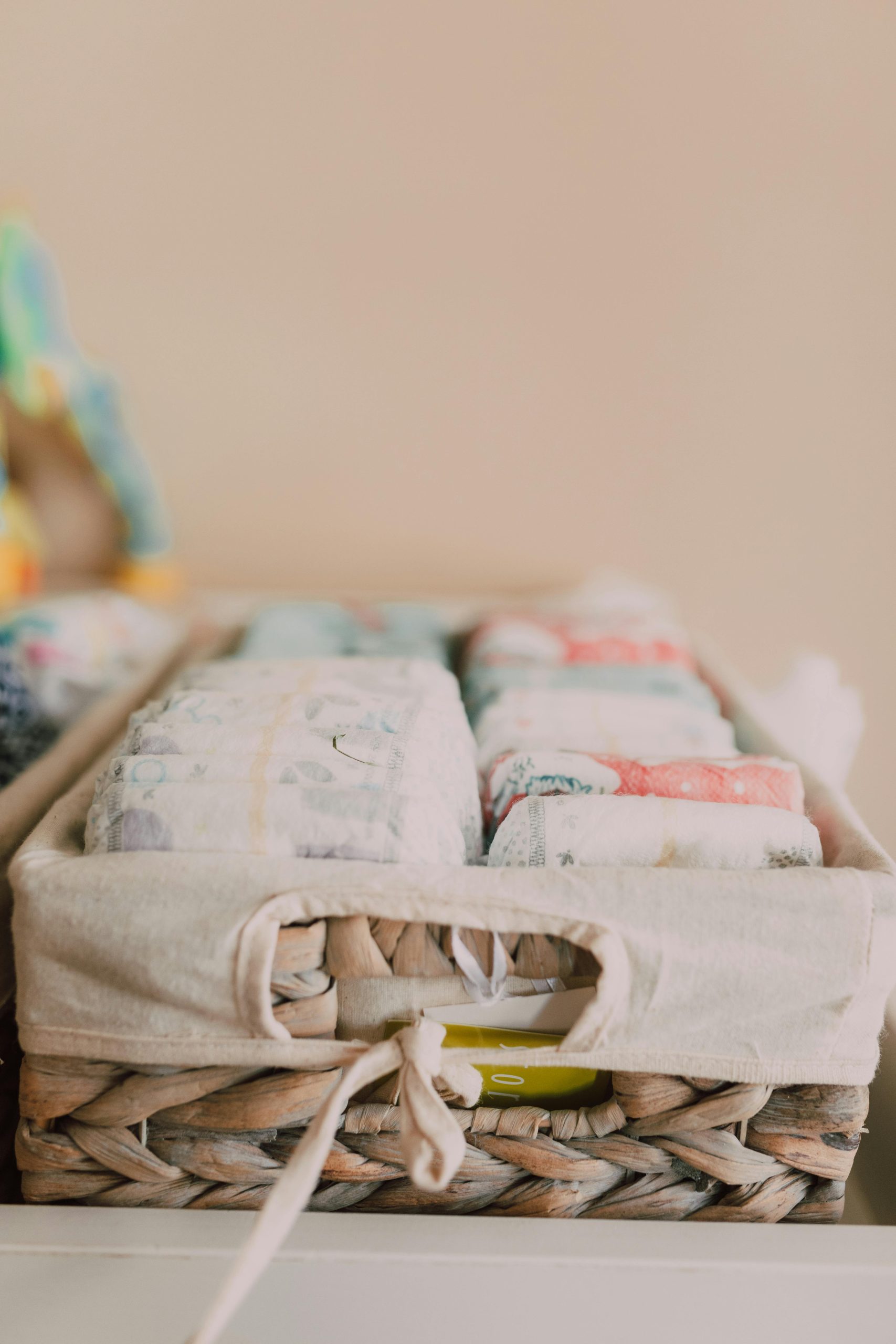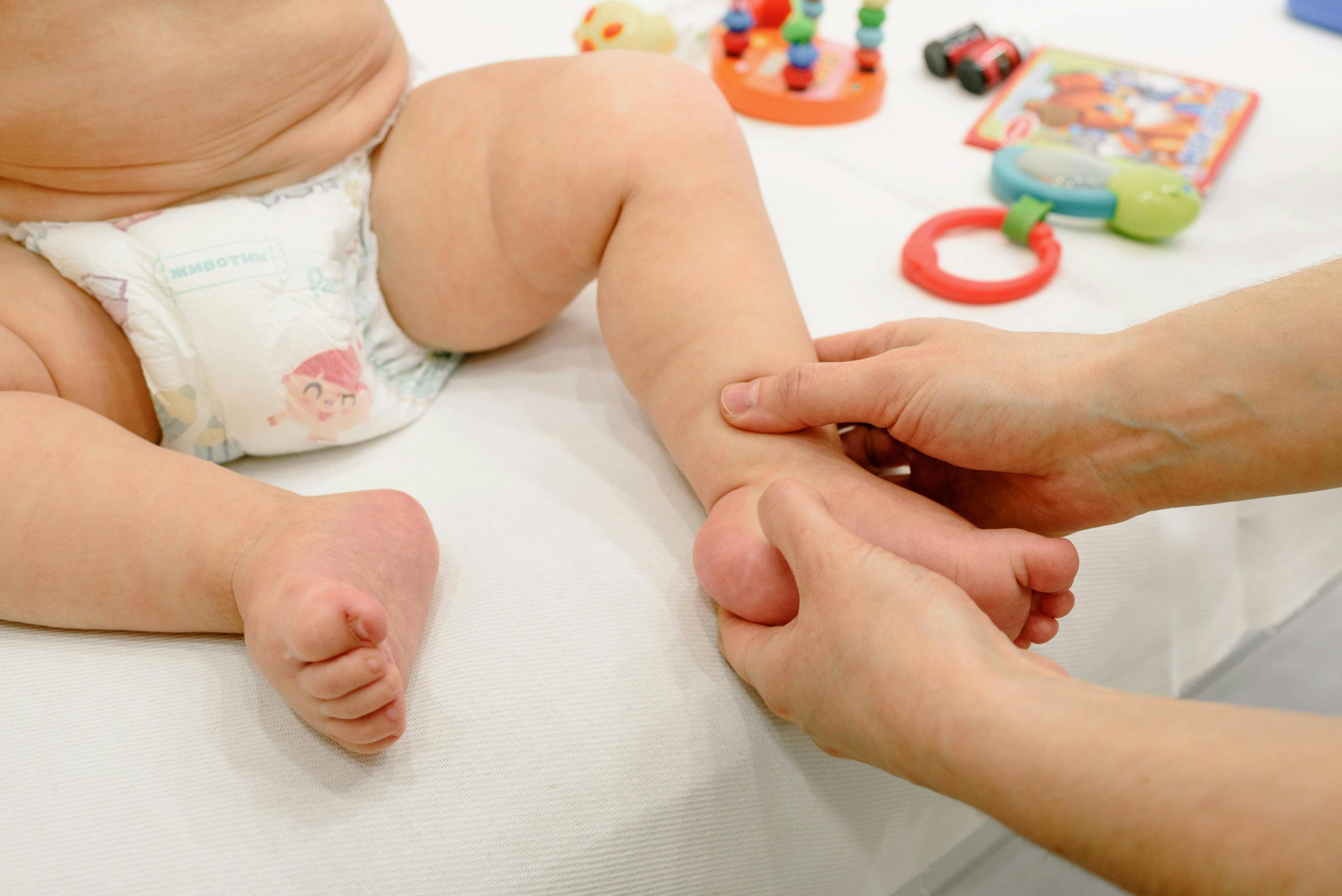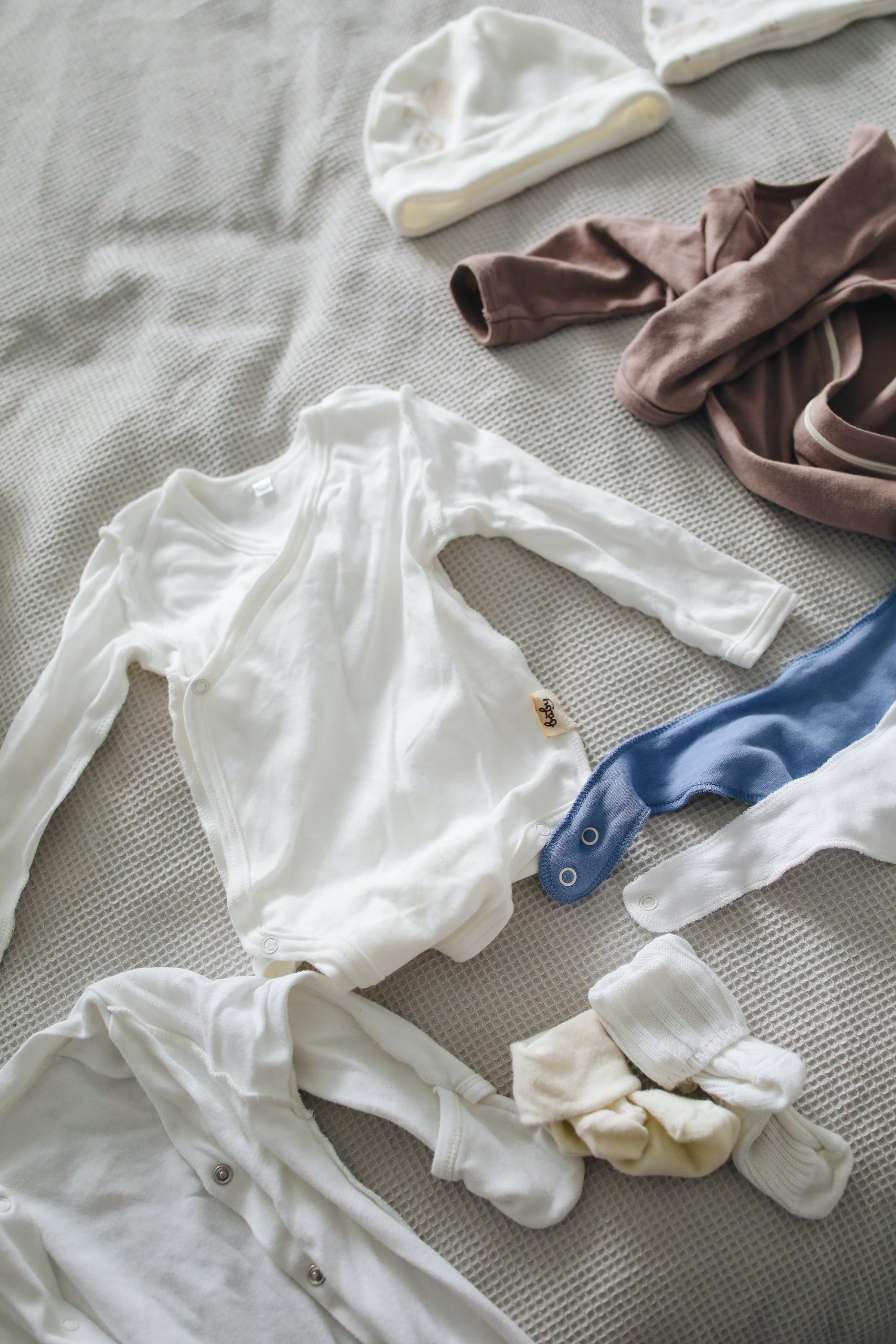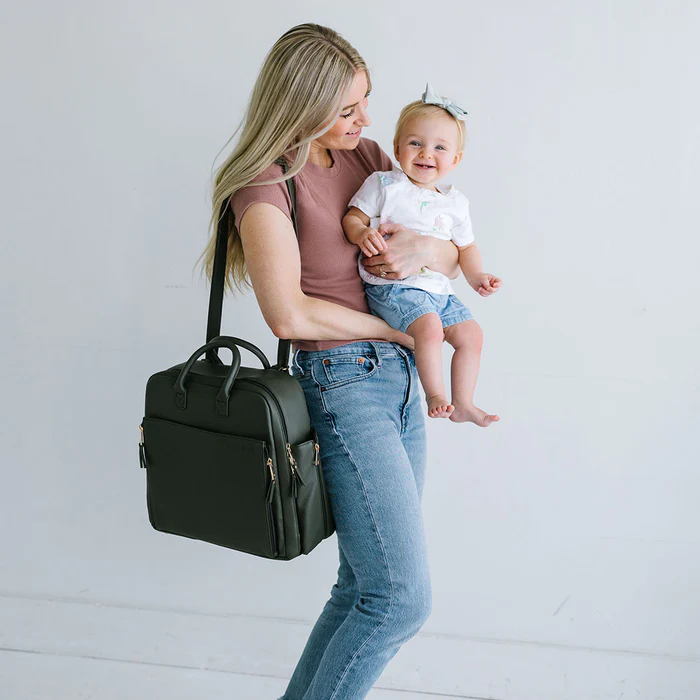Guide To Baby’s Diaper Change
Baby’s diaper change is an integral part of daily childcare, and the frequency with which it should be done depends on several factors. Newborns and infants have delicate skin that requires frequent attention to maintain optimal hygiene and prevent irritation. This detailed explanation will delve into the nuances of diaper changing frequency
Firstly, let’s begin by acknowledging the significance of regular diaper changes. As newborns do not possess bladder control, they urinate frequently, often around every one to three hours. Therefore, initially, a good rule of thumb is to change your baby’s diaper at least every two to three hours, or more if necessary.
Newborn Stage (0-3 months)
During the newborn phase, since their digestive system is still developing, you can expect multiple bowel movements per day. Moreover, after each feeding session, anticipate a soiled diaper due to milk digestion, which prompts a change right afterward. In addition, even when the diaper does not seem overly full, nevertheless, checking and changing it regularly helps keep the skin dry, thus warding off diaper rash.
Signs for a Diaper Change
As a parent, you’ll soon learn to recognize the telltale signs indicating a diaper change is needed. For instance, a wet diaper feels heavier than usual, and furthermore, some diapers have indicators that turn blue when wet. Similarly, if there’s any sign of stool, regardless of its consistency, promptly changing the diaper is essential.
Nighttime Changes
While overnight, it may seem tempting to let your baby sleep without disturbing them for a diaper change. However, nevertheless, allowing a baby to lie in a soiled diaper for too long can lead to discomfort and rashes. Thus, it’s advisable to wake up for at least one night-time change, especially before you go to bed.
As your baby grows (3-6 months)
Over time, as your baby transitions into the next stage of development, their bladder capacity increases. Consequently, they might need fewer diaper changes during the day. However, it’s crucial to remember that this varies widely among babies; therefore, always check diapers regularly.
Factors Impacting Frequency Of Diaper Change
The weather also plays a role; during hot weather, babies may sweat more, making the diaper feel damp sooner. On the other hand, in cooler climates, less moisture may be produced, but the risk of diaper rash persists due to the longer periods spent in a potentially soiled diaper. In either case, maintaining a consistent routine is key.
Travel and Outings
When going out with your baby, be sure to pack extra diapers and wipes, considering that you might not have immediate access to a changing area. Consequently, planning ahead and packing enough for a few extra changes ensures preparedness for unexpected situations.
Conclusion
In summary, the frequency of diaper changes largely depends on the age, feeding patterns, and individual needs of your baby. Overall, it’s about striking a balance between keeping your baby comfortable and promoting healthy skin. Ultimately, being attentive to your baby’s cues and maintaining a regular changing schedule forms a significant part of nurturing a happy and healthy infant.





